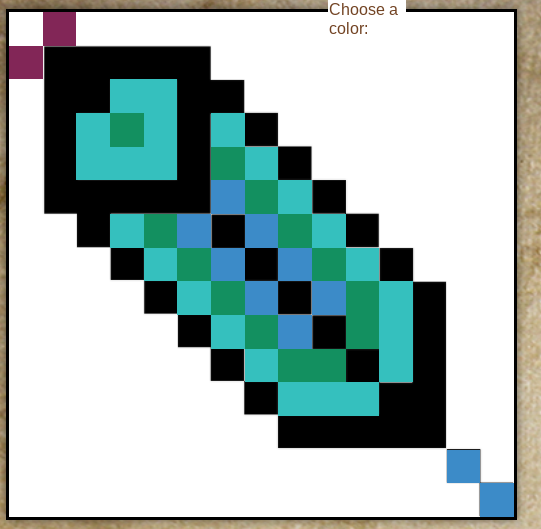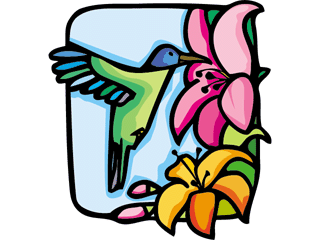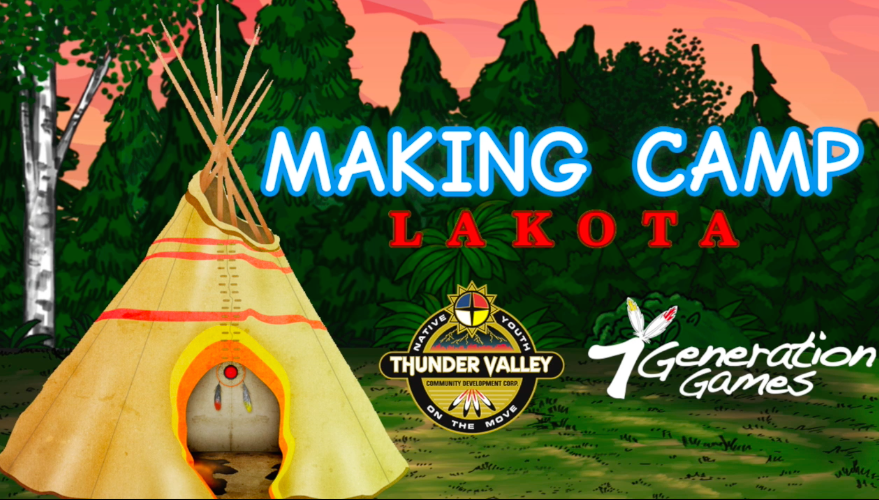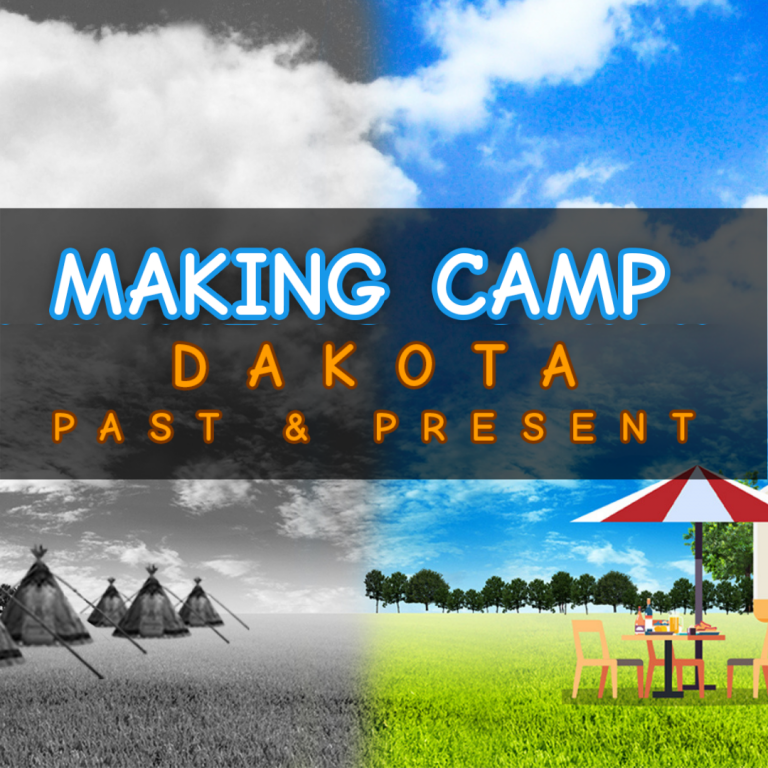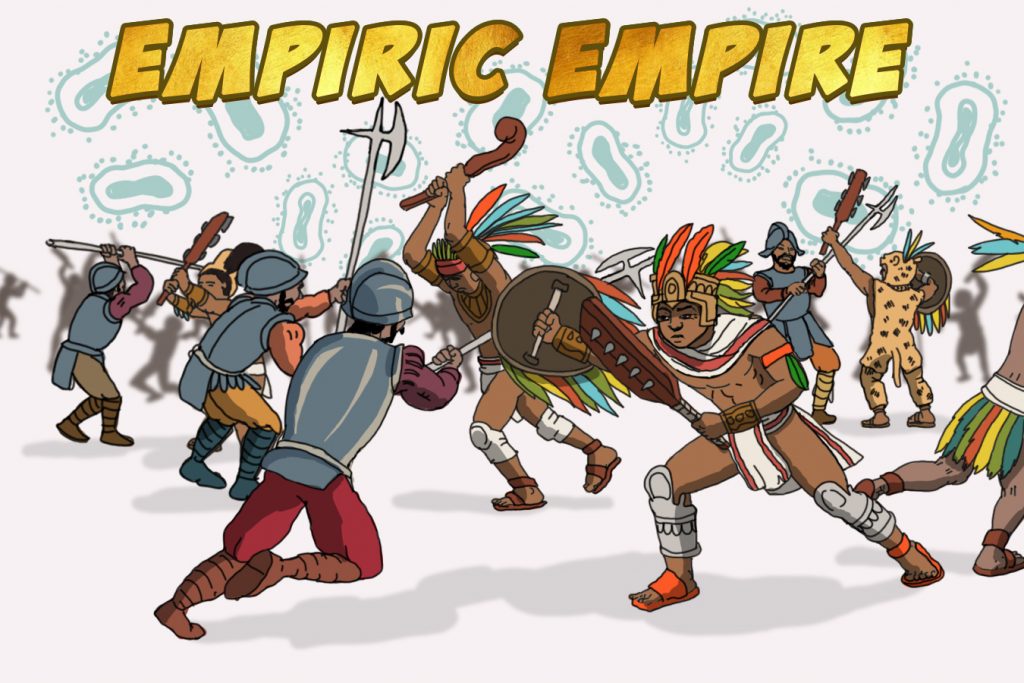Whether you want the world to learn about the importance of turtles, cultural differences in bead work design or how to compute quartiles of temperature readings, you can make a game for it.
I know because I am currently working on three different games that address each of these three topics. Personally, it’s super fun to see someone’s ideas come to life. One game, Making Camp Dakota, just needs a few more finishing touches. Another is waiting for the community who sponsored it to finalize their ideas on the design. I’m looking forward to that because those types of games usually mean meeting with experts, for example, tribal elders, and kids who would use the games. A third game is in its final revision. We need to do one more level, where the player moves around in mazes to collect temperature data and uses a robot to compute quartiles.
Who is Using Customized Games? What is that exactly, anyway?
Those are two questions I get all of the time, so let me answer them both at the same time, because it’s my blog. A customized game is one made to order for a specific organization. In theory, we could make a game for a specific person, but since the average cost is $35,000 – $50,000 we haven’t gotten any requests from someone who, say, loves hummingbirds, really wants a game about them and has enough extra cash to pay for it, but, hey, you never know.
Organizations almost always come to us for the same reason – they want their information to reach more people, in particular, more younger people. That could be a tribe or tribal education program that wants a game to teach their language or culture. It could be a government agency that wants games teaching about agriculture (USDA) or the history of Chile (CORFO). It could be an educational software or book publisher that wants a game on a specific topic. We have done all of those and more. What all these customers have in common is that they have good content – stories, scenery, characters – and they are super knowledgeable about their topic. What they are not is game developers.
Want us to make a game for you? Just fill out this form.
How does customized development work? Any examples?
Glad you asked me those questions! Usually, there are four steps.
- Meet with the experts. We partner with experts from the organization, whether they are experts on a specific tribal nation, on sixth-grade mathematics or on the books/ software their company produces. We listen to them talk about their “thing”. For me, this is the most fun part as I learn a lot, from how to say grandmother in the number of species of turtles in Minnesota (11, of which one, the red-eared slider, is non-indigenous) to the cost per linear foot to build an electric fence (about $3) to how to say “Hello” in Lakota (Háu). I strongly urge including youth at this point, at the age who will play the game or slightly older. After all, who is more of an expert on what kids find interesting than actual kids? The number and creativity of the ideas they come up with will amaze you.
- Agree on a design. We give our ideas for a design based on what these experts say would be the most important topics to teach. They may say, for example, “The Lakota are the horse people and we want to explaining how valuable a war pony was.” We would suggest creating a video, followed by questions to check understanding and then a game where the player answers math questions to earn points toward buying and feeding a horse. (Many of our games are developed with Indigenous nations focused on their history, language and culture, but we do games on other topics as well.)
- Once we’ve agreed on the design, development starts. We create artwork, record voiceovers, create the animation, game play and database for recording user progress. We do a lot of in-house testing and bug fixes.
- Deliver version for customer feedback. There are usually several back-and-forth steps between 3 & 4. Rather than handing over a finished game and saying, “Here you are!” we prefer to send over drafts from the earliest stages so our customers, their experts, including youth players, can give us feedback on everything from the style of beadwork to usability on phones with small screens.
Check out three examples of games developed for customers here:
Read more on customized game design here – What knowledge do YOU want to share with the world?

